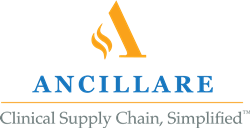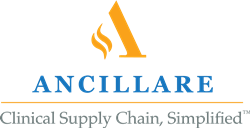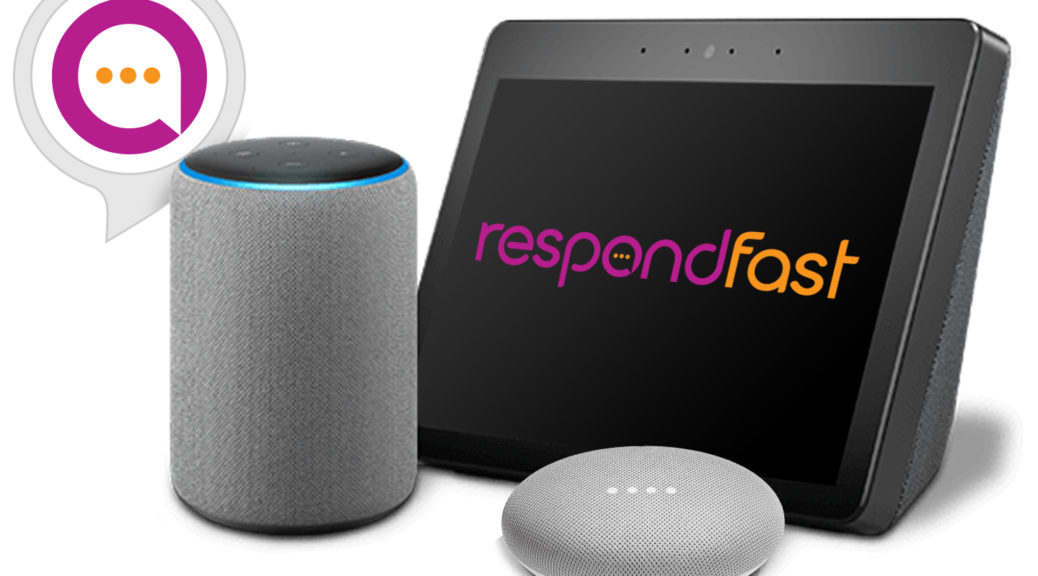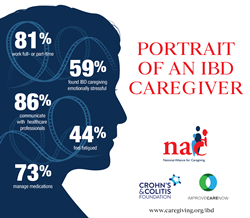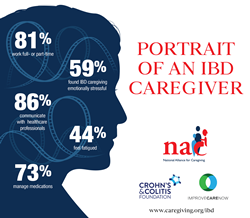
Some healthcare providers are managing to reduce costs while winning the race for market share growth.
Patient-centered technology offers the industry’s most promising solution. Leveraging technology, providers can deliver consistently great patient financial experiences no matter how they choose to engage. – Kevin Fleming, CEO, Loyale Healthcare
LAFAYETTE, Calif. (PRWEB)
September 25, 2019
Many health systems, hospitals and other healthcare delivery organizations are between a rock and a hard place. The Center for Medicare and Medicaid Services (CMS), the industry’s most influential payer, is imposing new rules on provider reimbursements and demanding better price transparency. New competitors like CVS Health, Walmart Health and Haven Healthcare are threatening traditional providers’ market share. At the same time, the industry is scrambling to deal with existing nurse and physician shortages that are projected to hit unprecedented levels for the coming decade.
Healthcare’s challenges don’t end there. Costs continue to increase and patients are beginning to look for more convenient and affordable alternatives to the traditional Primary Care Physician (PCP) care delivery model. What healthcare needs are ways to reduce their costs and inefficiencies while preserving market share and delivering care experiences that measure up to the expectations of today’s more discerning healthcare consumer.
Economically speaking, healthcare bears a number of structural problems. In any business, there are fixed and variable costs. Fixed costs are those that don’t really change. Examples might be the cost of equipment and real estate. Then, there are variable costs like labor, raw materials or inventory which vary depending on demand. Most profitable businesses prefer lower fixed costs and higher variable costs that can be adjusted when business picks up or slows down.
In the healthcare industry, the cost structure is just the reverse. According to one study, up to 80 percent of a hospital’s costs are fixed expenditures associated with buildings, administrative salaries, equipment and other overhead. For the most part, these remain the same regardless of how many patients the hospital treats each year. Variable costs include medication and supplies, which change based on the number and acuity of patients treated. Unlike a traditional business that can alter operations associated with fixed costs, most hospitals are limited in how much they can change. Because of this, the high ratio of fixed-to-variable costs creates a liability for hospitals when they are faced with reduced admissions.
Strategies to overcome healthcare’s structurally challenged economics
An analysis of the industry over the last couple of years uncovers a variety of approaches traditional healthcare providers are taking to maintain or improve their operating margins while keeping or growing their market share. These include:
-
Mergers and Acquisitions – In another recent Loyale Healthcare article, we wrote about record levels of mergers and acquisitions in healthcare. Properly executed, this strategy can add patients and patient revenue and/or reduce costs which can be spread across the larger organization. Risks here include a failure to realize the planned-for efficiencies, and patient/revenue attrition if the merged company’s performance fails to meet patient expectations.
- Outsourced support services – Healthcare outsources a wide variety of specialized functions to third parties that perform more effectively than a provider on its own. Whether it’s artificial intelligence (AI) for clinical analytics to drive better, more effective care – or a solution like Loyale Patient Financial Manager, which improves provider revenue by automating and improving patients’ financial experiences.
- More outpatient delivery settings – Patients, especially younger ones, are more interested in convenience and affordability and less invested in the old primary care physician delivery model. As we explored in this recent article, many providers are broadening their footprints, improving access and reducing costs by developing, acquiring or affiliating with Urgent Care and other lower cost operations.
- Diversifying and enhancing revenues – In a recent Advisory Board survey, healthcare industry CEO’s said that increasing revenue had become their most important strategic objective. This sentiment coincides with patients’ growing influence and the recognition that providers will need to leverage their platforms more creatively with new operating models, such as those we shared in an earlier article.
- Patient Experience as a C-Level priority – As evidenced by the growing number of senior executives with Patient Experience in their titles, patient preference now plays a more prominent role in any provider’s plan for success. Driven by higher out-of-pocket costs, healthcare consumers are deciding who gets their business and dollars. Providers who take this reality seriously and align their operations and investments accordingly will find that they are able to preserve or grow volume and revenues.
- Technology to automate engagement, reduce inefficiencies, improve performance – The industry’s near-universal adoption of Electronic Health Record (EHR) technology, though costly and laborious, has set the stage for the intelligent integration of new technologies. Solutions like Loyale’s Patient Financial Manager integrate with EHRs and a multitude of healthcare revenue cycle point solutions to better engage with patients and staff, encourage patient self-service, improve revenues and lift patient satisfaction.
Cost Containment Considerations for Healthcare
Before embarking on a cost cutting initiative, healthcare providers should ask themselves seven questions to help ensure they achieve better profitability through reduced costs without negatively affecting patient revenue or compromising patient satisfaction.
1. Is the healthcare organization ready for cost management? There is no shortage of cost management consultants willing to assist healthcare providers, but often their recommendations go unheeded. Hospitals are concerned with how cost reduction efforts might affect morale among staff, doctors and patients. Can the provider stay competitive if they don’t purchase the latest and greatest equipment? Will patients feel that care is being sacrificed? An initial assessment conducted internally and externally is helpful to assess whether a hospital is actually ready to begin a large cost management initiative.
2. Will the impact of cost reductions align with our strategic and financial objectives? In any business, there is the fear of going too far with cost management initiatives. In healthcare, doing so could result in the unintended secondary effect of reducing patient revenues through fewer services and fewer admissions. A hospital must ensure that cost-reduction targets are integrated with organizational plans and budgets. Inserting cost management initiatives into the hospital’s strategic financial plan, annual budget and operating plan can allow management to monitor progress and report results to the entire organization.
3. How do our operations and finances benchmark, internally and externally? One important and valuable aspect of cost reduction is benchmarking. Reviewing global and departmental benchmarks and peer comparisons can give a clearer picture of where possible savings could be.
4. Who in our organization should participate in the development and leadership of our cost cutting initiative? Your medical staff and department managers probably have some pretty good ideas around waste, staff scheduling and opportunities to streamline processes without affecting patient outcomes. Create cross functional team-visioning sessions to tackle specific cost challenges.
5. Is there low-hanging fruit in our largest variable expense category, comp and benefits? Inadequate staffing plans, poor execution of plans, unclear staffing roles, use of overtime and other staffing and productivity issues drive higher labor costs, which generally constitute more than half of a hospital or health system’s operating expenses. Consider eliminating redundancies in human resources, accounting, revenue cycle, marketing and other internal management functions or outsource non-critical functions to improve operational flow.
6. Are there functions that could be done better and/or more efficiently through technology and automation? Telehealth is just one example of many that leverages technology to deliver care directly to the consumer. On the financial side, one significant solution is Loyale’s Patient Financial Manager which combines the patient’s clinical, administrative and financial experiences – every dimension of care – into a single, seamless, manageable whole, then captures and uses the data these experiences generate to understand and continually improve. With it, even top performers have seen as much as a 21 % improvement in staff productivity that can be monetized or repurposed as the provider sees fit.
7. Will our patients’ experiences be improved because of, or regardless of the initiative? As mentioned throughout this analysis, patients are now the most important consideration in any provider’s planning. Whatever adjustments may be contemplated, a provider that plans to survive cannot compromise on their patients’ ability to understand their care and its costs, smooth the registration and admission process, explore options to make their care more affordable, move their records to the provider of their choice and get the care they need when they need it.
Patient-centered technology offers the industry’s most promising solution. Leveraging technology, providers can deliver consistently great patient financial experiences no matter how they choose to engage. Online patient portal, call center, patient financial counselor or third-party services provider, technology enables scalable levels of self-service and full service as patients and providers look for and choose sustainable financial solutions.
Despite healthcare’s structural problems, Loyale’s provider partners are proving that lower costs and better financial outcomes are possible. We’re optimistic about the future of the industry and feel privileged to help accelerate the transition.
Kevin Fleming is the CEO of Loyale Healthcare
About Loyale
Loyale Patient Financial Manager™ is a comprehensive patient financial engagement technology platform leveraging a suite of configurable solution components including predictive analytics, intelligent workflows, multiple patient financing vehicles, communications, payments, digital front doors and other key capabilities.
Loyale Healthcare is committed to a mission of turning patient responsibility into lasting loyalty for its healthcare provider customers. Based in Lafayette, California, Loyale and its leadership team bring 27 years of expertise delivering leading financial engagement solutions for complex business environments. Loyale currently serves approximately 12,000 healthcare providers across 48 states. Loyale recently announced an Enterprise level strategic partnership with Parallon including deployment of its industry leading technology to all HCA hospitals and Physician Groups.
